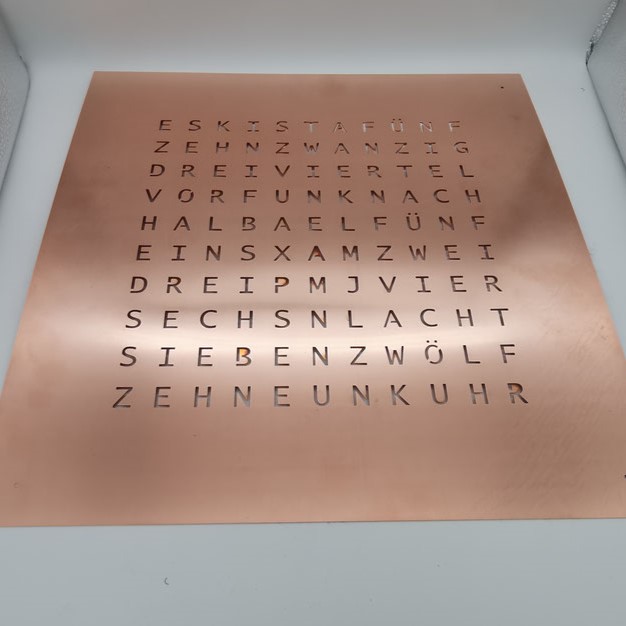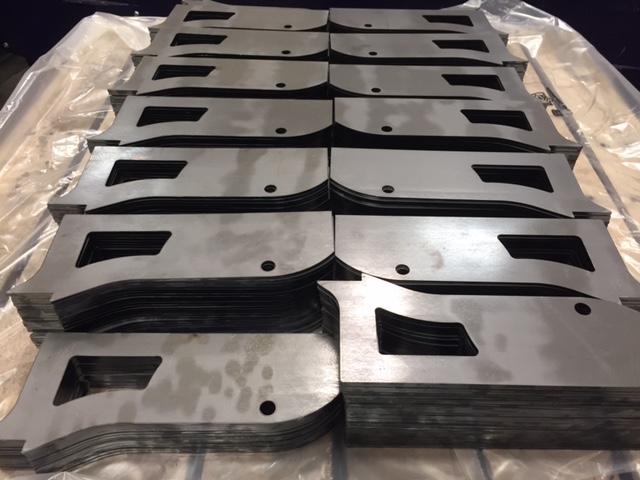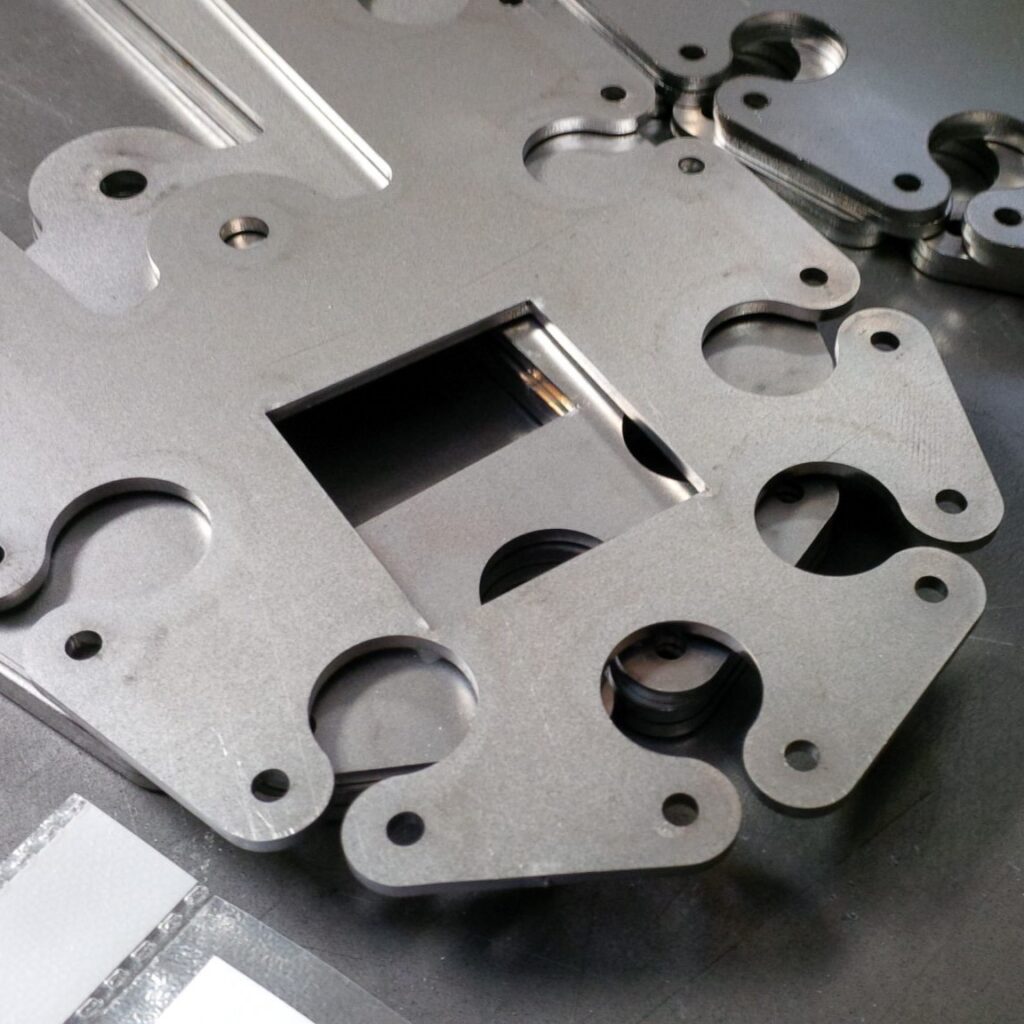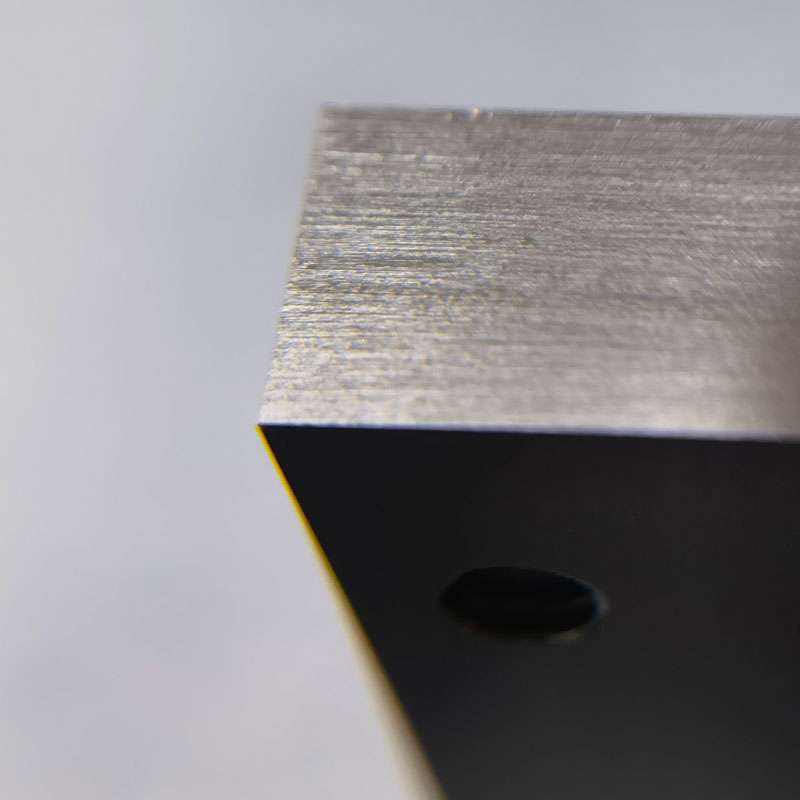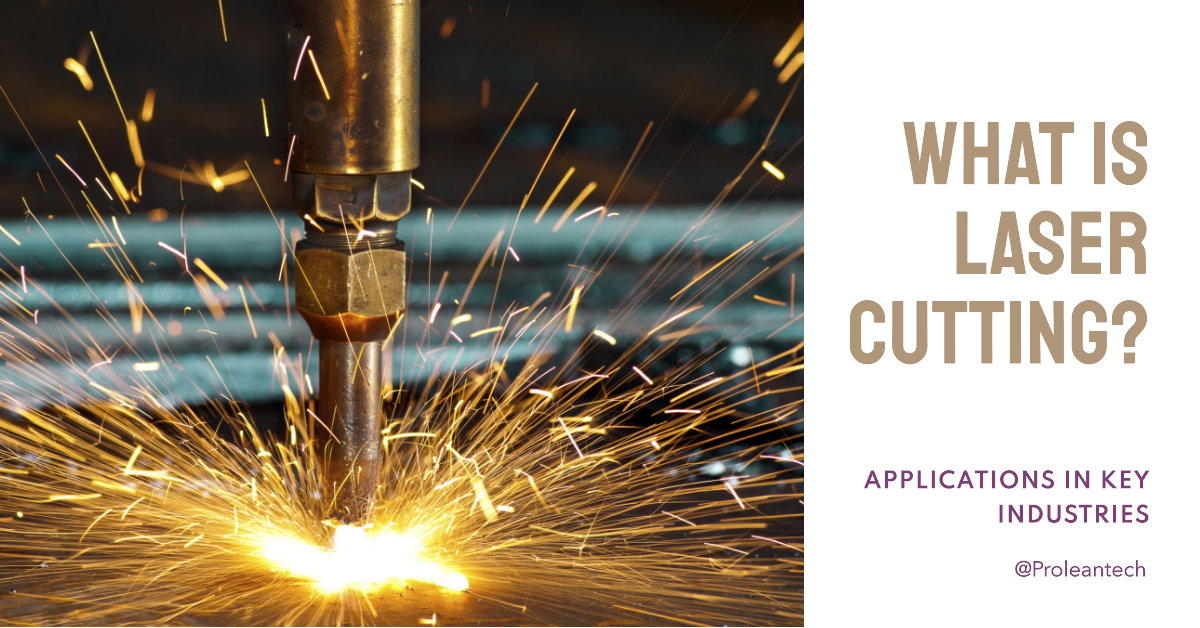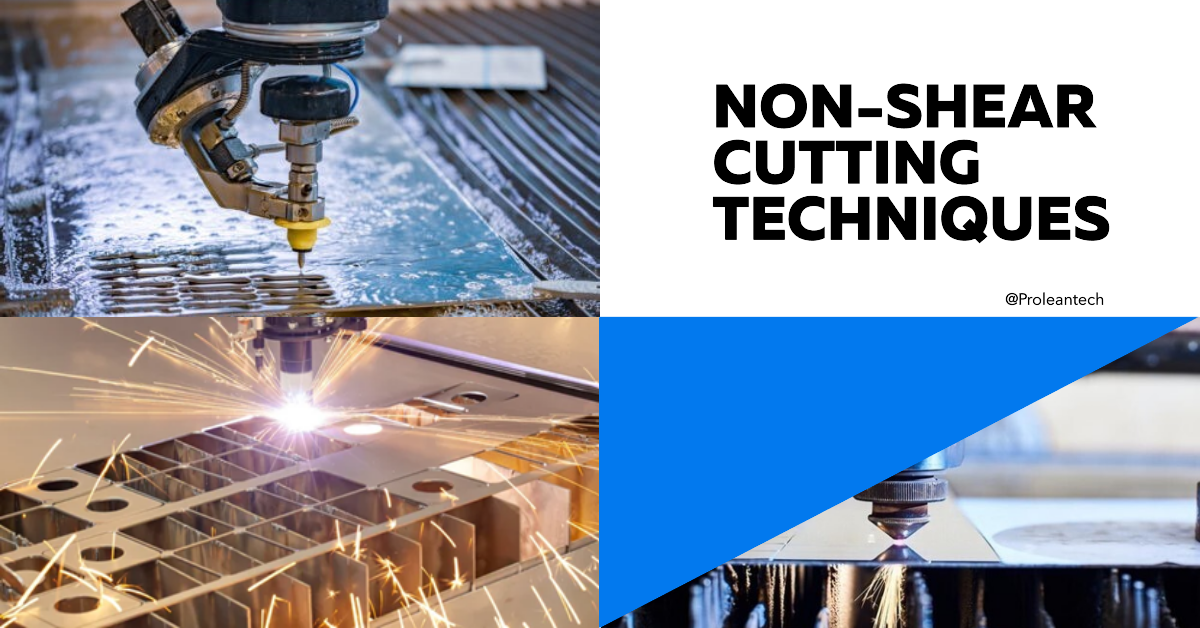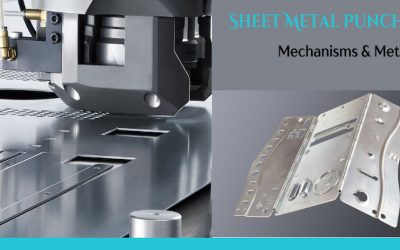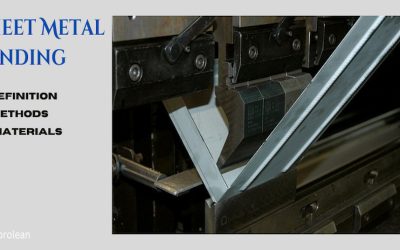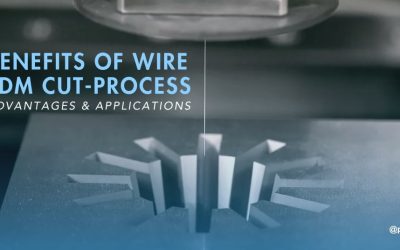CAPABILITIES
CNC Laser Cutting Service
Our CNC laser cutting service is able to deliver high-precision cutting and engraving on materials such as aluminum steel, copper, and more
- ISO-2768-c
- Lead time as fast as 1 day
- Aluminum, Steel, Stainless Steel, and more





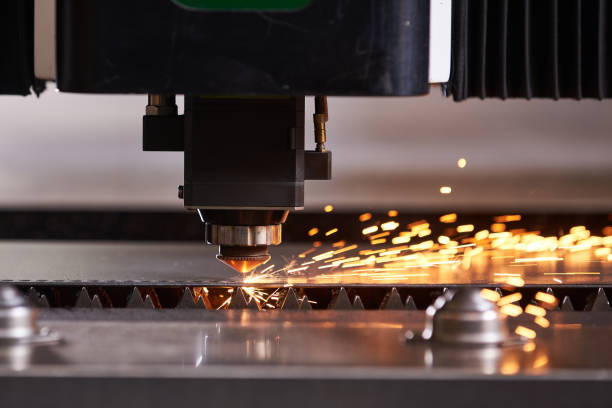
All uploads are secure and confidential.
Why Choose Our Laser Cutting Service
If you are looking to engrave or cut the Sheet metal to create the parts. Our laser cutting is the approach that you need. CNC Laser cutting service can be performed on a variety of materials. Fixed beam intensity and beam exposing time should be set according to the type of Material and required precision. All these Complex controlling scenarios are achieved at Prolean’s to get the precise cut. We will cut your part with the laser beam according to your specification while maintaining high accuracy within your tolerance limit.
Our Laser-Cutting Capabilities
Features |
Info |
| Bend angle | 1° |
| Thickness | 0.5mm-20mm |
| Part size limit | 6000mm*4000mm |
Try Prolean Now!
Materials for laser cutting Service
CNC Metal Cutting Service
At Proleantech, we take pride in our state-of-the-art CNC Metal Cutting Services. Our dedication to excellence ensures that whether you’re seeking CNC Metal or specialized Brass CNC Cutting Service, we deliver with unmatched precision. Our commitment extends beyond simple cuts; we offer bespoke solutions tailored to your project’s unique requirements.
Why choose our CNC Metal Cutting Services?
- Precision: With our advanced machinery, we guarantee accurate and intricate designs every time.
- Versatility: From CNC Metal to a variety of metal materials, such as brass, aluminum, copper, and steel, we have the tools and expertise to meet your needs.
- Fast Turnaround: Our efficient processes ensure timely delivery without compromising on quality.
 Aluminum
Aluminum
The dust cover part depicted in the left image is crafted from Aluminum 6061, using CNC laser cutting technology. The surface is treated with a black powder coating. This part is known for its bendability and resistance to scratches and wear, key features that contribute to its durability. Notably, the internal holes created by CNC laser cutting are precise and burr-free, demonstrating the superior quality and precision of the manufacturing process.
Subtypes: 5052, 5083, 6061, 6082
 Brass CNC Cutting
Brass CNC Cutting
Brass, with its radiant golden hue, offers low friction and superior machinability. Ideal for its high electrical and thermal conductivity, Brass is easily machined, making it preferred for low-friction tasks.
Our Brass CNC Cutting Service employs laser precision for unmatched accuracy. Whether you’re working with C360, H59, or H62, our Brass CNC Cutting ensures perfection every time. Experience the laser-edge difference with us.
Subtypes: C360, H59, H62

Copper
It offers good strength, hardness, and excellent corrosion resistance with superior heat and thermal conductivity. It also has a very appealing aesthetic.
Subtypes: 101, C110

Steel
High mechanical strength, toughness, resistance to wear and fatigue, and sturdiness. In addition to carbon, other alloying elements can be added depending on the needed mechanical and physical qualities.
Subtypes: 1018, SPCC

Stainless Steel
High mechanical strength, Thermal, Wear, and Corrosion resistance. Stainless steel is low-cost and can be machined easily. Parts made from Stainless steel are durable and do not lose that strength over time.
Subtypes: 301, 304, 316
Materials for Plastic Cutting Service
Our CNC Plastic Cutting Service stands out in the industry, offering unparalleled expertise in crafting Acrylic, POM, and Plywood with unmatched finesse.
Why Our CNC Plastic Cutting Service?
Specialized Expertise: Our proficiency in Acrylic, POM, and Plywood ensures your project stands out with a flawless finish.
Precision-Centered: Leveraging advanced technology, our CNC Plastic Cutting Service guarantees detailed and intricate outcomes every single time.
Versatility: Whether it’s Acrylic’s clarity, POM’s resilience, or Plywood’s natural appeal, we tailor our approach to suit the unique properties of each material.
Discover the difference of our CNC Plastic Cutting Service today. With a commitment to quality and attention to detail, we promise a transformative experience that turns visions into tangible masterpieces. Partner with us, and let’s shape your next project to perfection.
Finishing Options For Laser Cutting
We provide various surface finish options for your sheet metal project. If your required surface treatment is not listed below, feel free to contact us for more options.
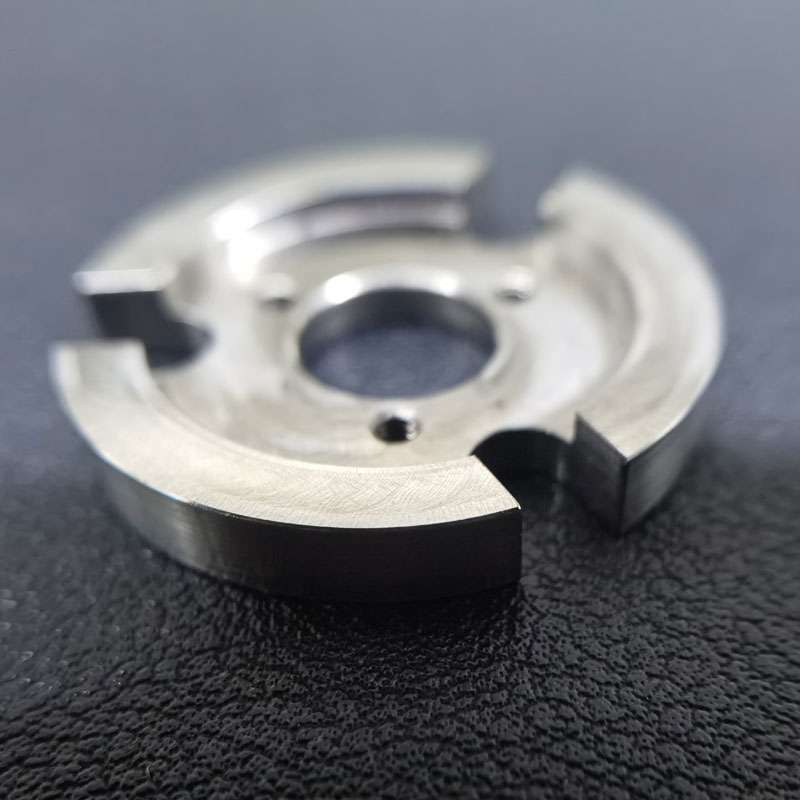
As the machined or deburring
The machined or deburring finish is the standard finish where unwanted attach chips are removed with deburring tools, and sharp edges are chamfered to smooth the surface (3.2 μm).
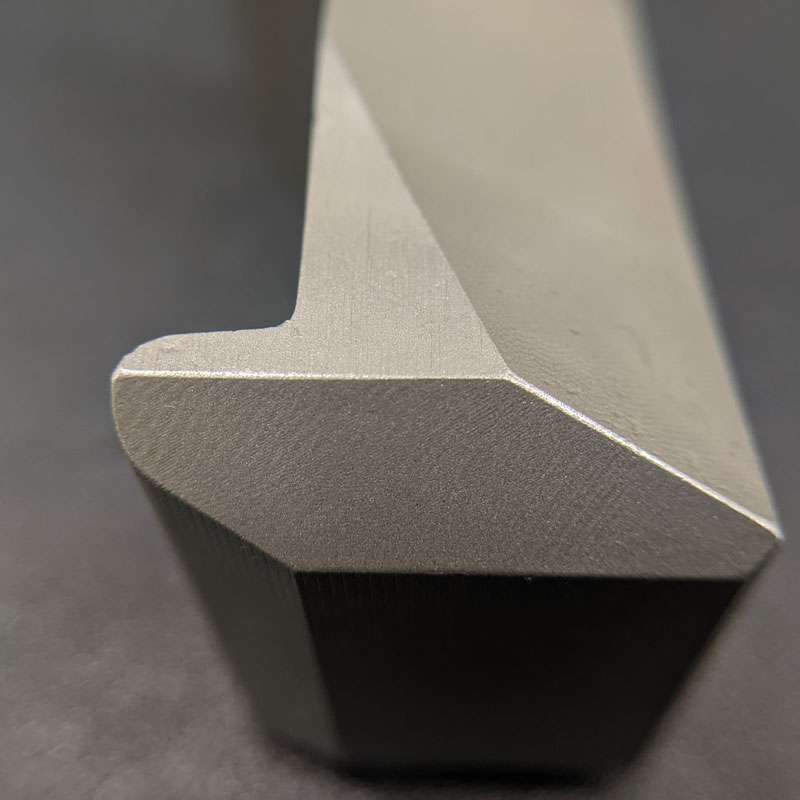
Bead Blasted
Bead blasting produces a matte texture, removing all the marks of machining tools. It applies to ABS, Aluminum, Brass, Stainless Steel, and Steel parts.
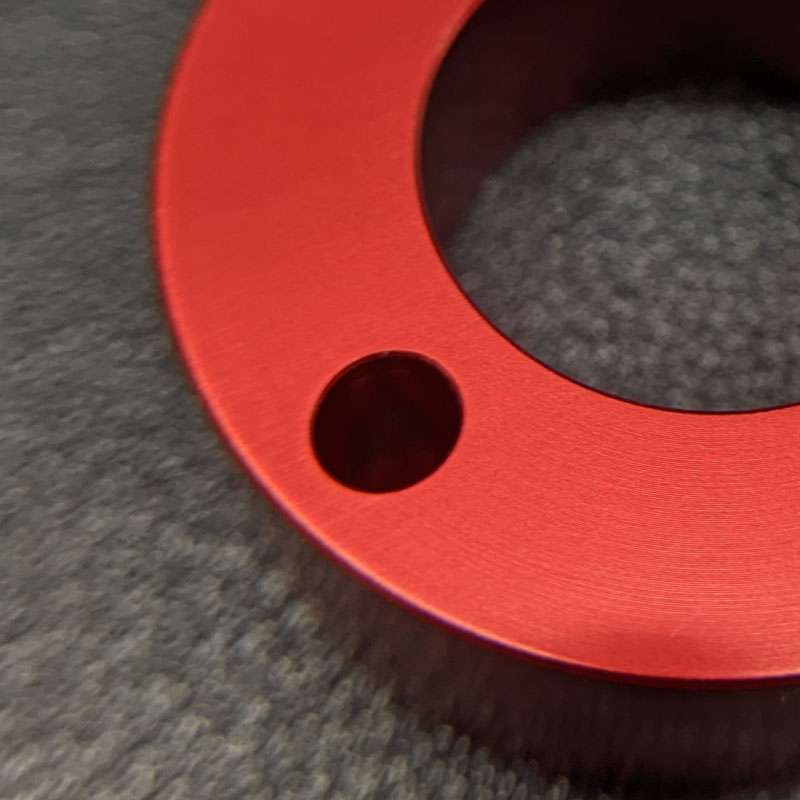
Anodizing
Anodizing involves adding an aluminum oxide coating to aluminum and its alloys. The layers, which come in various colors, increase strength and shield the surface from corrosion.
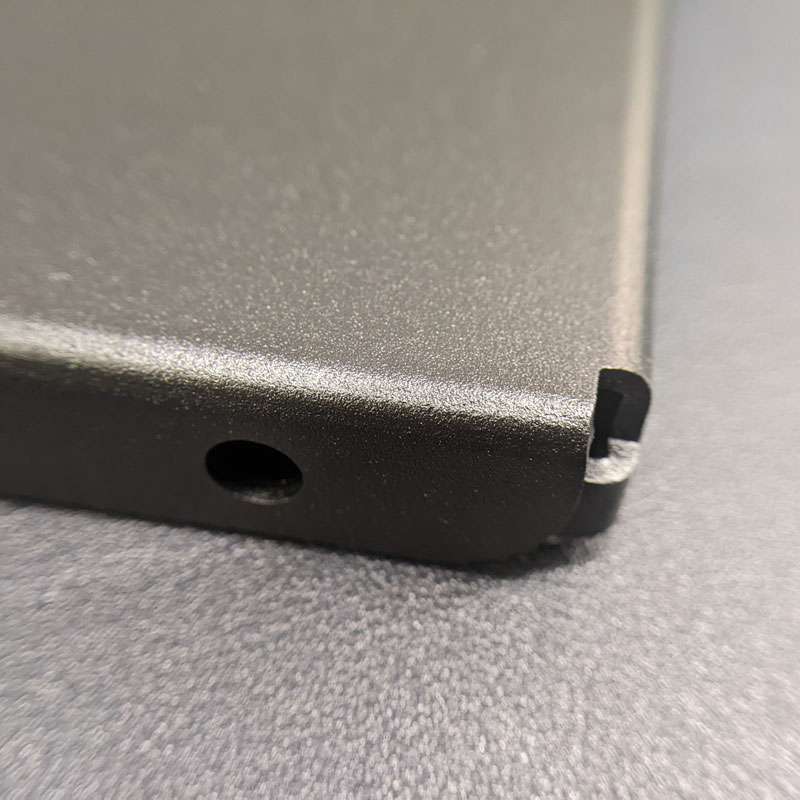
Powder coating
Powder coating is the electrostatically applying of dry powder to the surface. It produces a thin layer providing excellent resistance to wear, corrosion, and abrasion.
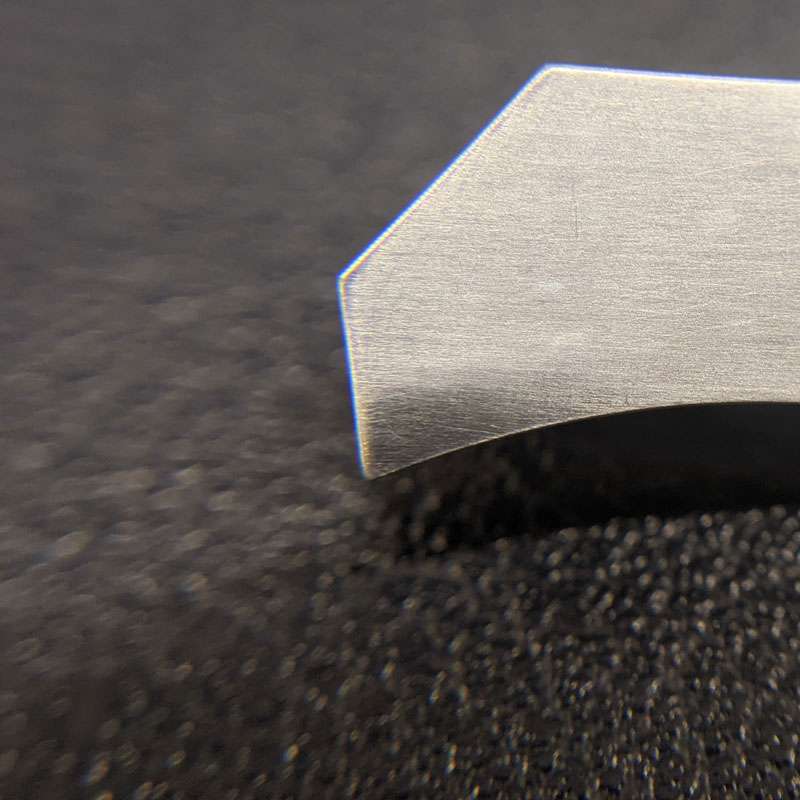
Polishing
Physical rubbing of a metal surface to create a shiny surface is called a polishing surface finish. It increases the reflectivity and does not affect the dimensional stability of parts.
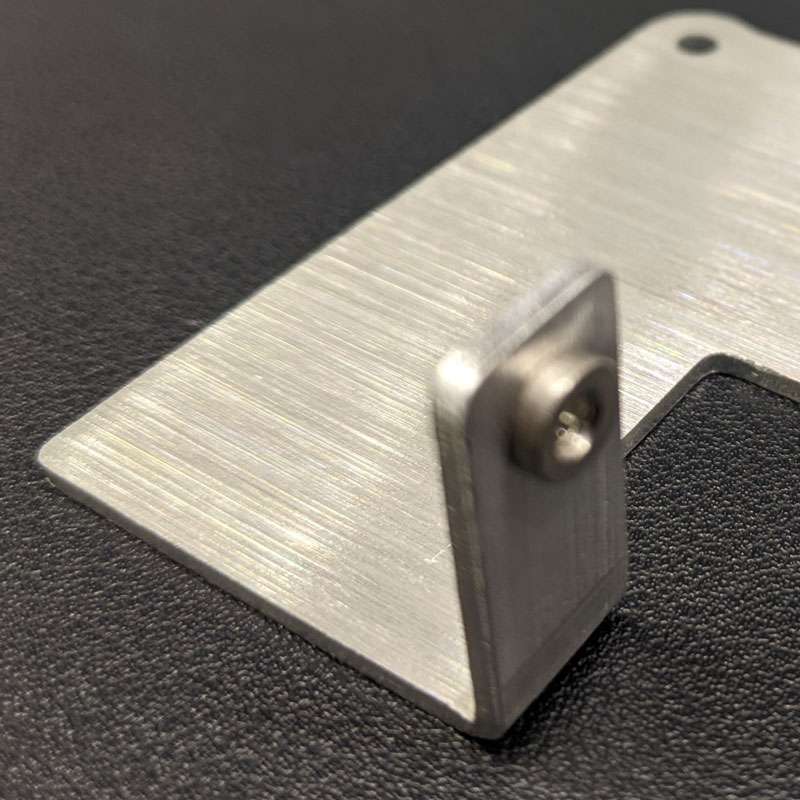
Brushing
Brushing is achieved by applying an abrasive brush to the metal surface, which produces a unidirectional satin finish. And it is not recommended for highly corrosive materials.
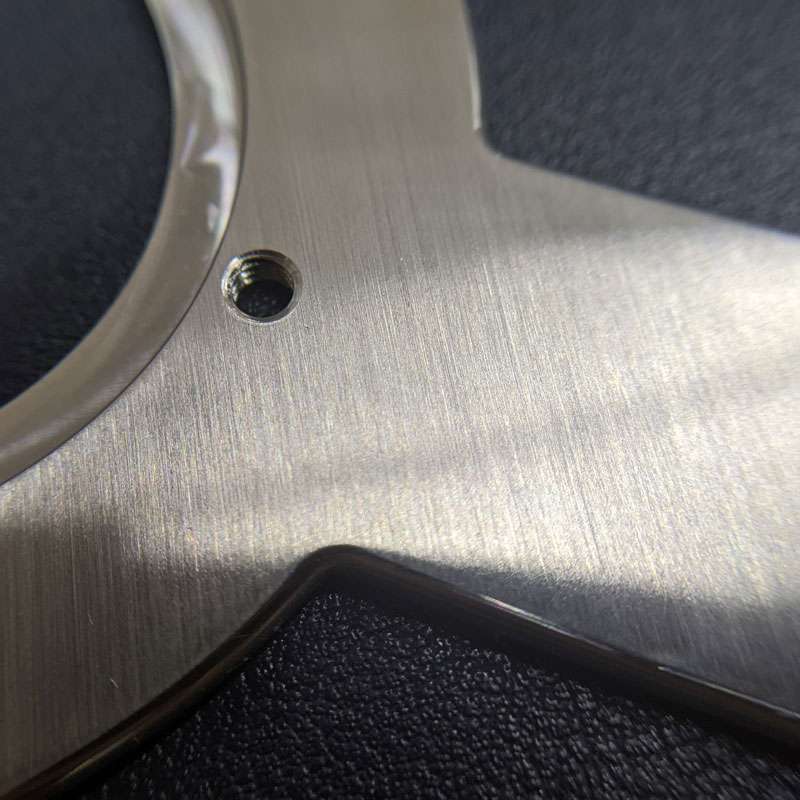
Smooth machining
Smooth machining is done by controlling the machining process, such as feed rate & cutting speed. It minimizes the tool marks and risk of corrosion.
Black-Oxide
Black oxide finish reduces surface reflectivity and offers mild corrosion protection. It involves adding a thin layer of magnetite to the surface.
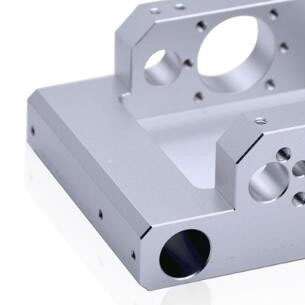
Fine machining
The higher-precision machines produce delicate machining surfaces by utilizing sharper tools and regulating feed rate and cutting speed. Surface roughness up to Ra 0.8 μm can be maintained with smooth machining.
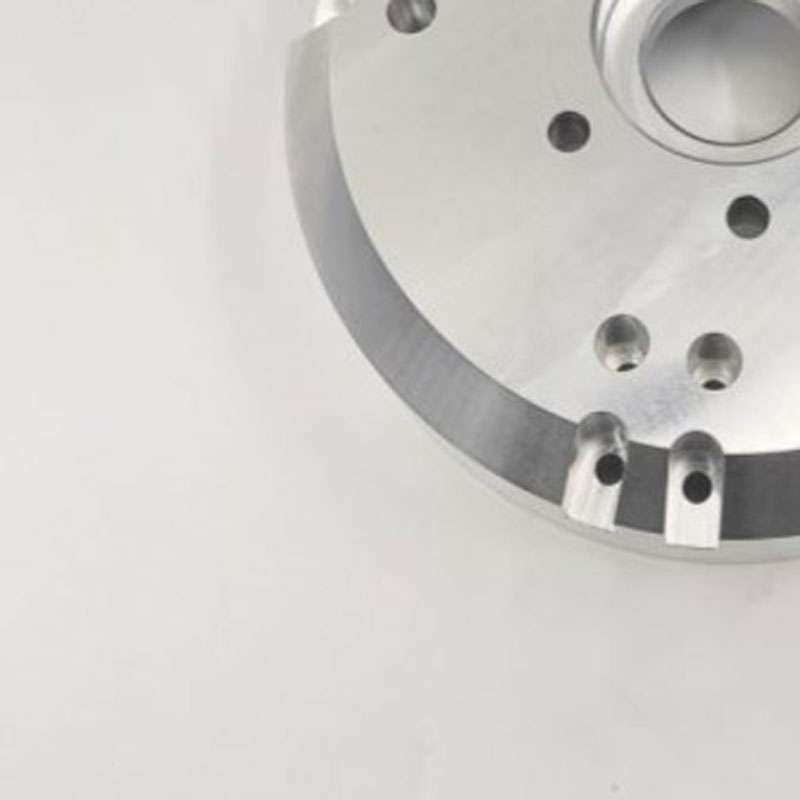
More
Provides a random, non-linear texture with a shiny, high gloss finish. However, it might be unable to create sharp corners and pockets
Laser Cutting Tolerances
Dimension detail |
Tolerance(+/-) |
| Edge to edge, single surface | 0.005 inch |
| Edge to hole, single surface | 0.005 inch |
| Hole to hole, single surface | 0.002 inch |
| Bend to edge / hole, single surface | 0.010 inch |
| Edge to feature, multiple surface | 0.030 inch |
| Over formed part, multiple surface | 0.030 inch |
3 Ways to Ensure Perfection
Standards
Metals: ISO-2768 fH (fine)
Plastics: ISO-2768 mK (medium)
Metric threads tolerances: ISO 965-1 standard UN Threads Tolerances: ASME B1.1-2003 standard
Knurling: ISO13444:2012 standard.
Our factory is ISO 9001:2015 certificated
Inspection and Protection
Constant visual inspection conditions
Quantification of cosmetic surface quality
Process requirements
Part cleaning and Protection
Quality Inspection Report
Inspection Confirmation
Dimensional confirmation
Appearance confirmation
Quality documentation
Enhancing Your Manufacturing Experience with Our Precision Laser Cutting Services
Precision and efficiency are just a laser beam away!
In the realm of advanced manufacturing, we are proud to offer exceptional Rapid laser-cutting services that empower businesses with unparalleled accuracy and versatility. Whether it’s metal, plastic, or wood, my state-of-the-art laser cutting machines can handle a wide range of materials, delivering intricate cuts and complex geometries.
- Precision: High degree of accuracy with minimal material deformation
- Non-contact process: Prevents wear and tear on the machine and material
- Computer-controlled: Reduced errors for enhanced efficiency and waste reduction
We take pride in providing comprehensive customer support, walking with you from the initial consultation to the final delivery, and ensuring each step of the process is executed professionally.
Let’s embrace the future of manufacturing together through Our laser-cutting services. Choose precision, choose efficiency, and let’s make your business stand out in a competitive landscape. With our laser cutting services, precision and efficiency are just a laser beam away!
Design tips
Technology Overview
Introduction
If you are looking to engrave or cut the Sheet metal to create the parts. Laser cutting is the approach that you need.
Laser cutting can be performed on a variety of materials, including Wood. Fixed beam intensity and beam exposing time should be set according to the type of Material and required precision. All these Complex controlling scenarios are achieved at Prolean’s to get the precise cut. We will cut your part with the laser beam according to your specification while maintaining high accuracy within your tolerance limit.
Advantages
There are numerous advantages of using Laser- cutting process;
- Precise and Accurate
- Low Contamination
- Free from Burr
- No wearing down of Material during the Cutting
- Easy Cutting at the corner positions
- Less material Wastage
- Low energy & Cost
What is Laser Cutting?
Laser cutting is the process of cutting the Material with a high intense Laser-beam. The Laser beam strikes at the cutting position and splits the workpiece with the help of Intense Heat. Thickness as high as 10 mm can be cut with Laser cutting.
Cutting with tradition Machining is not quick and precise. Here Laser cutting processes solve the problem. So whenever Manufactures need a swift and accurate prototype, It is an efficient method.
Types of Laser Cutting
Fiber Laser cutting is the most energy-efficient method using fiberglass to Magnify base seed lasers. It is very effective to cut thin sheets in a short time. These are also used to cut reflective material materials. Metals, coated metals, and plastics can be cut very accurately with this method.
CO2 Laser Is an efficient and Low-cost method that mainly uses a beam combination of carbon dioxide, inert gaseous helium, & nitrogen. It can pierce materials thicker than fiber cutters. Such as Wood, glass, paper, textiles, leather, & acrylic.
Because of the smaller wavelength, Crystal laser cutters such as Ceramic, coated materials, and hardened steel can cut more rigid materials than CO2 Laser cannot.
Applications
Laser-cutting is used in different industries for a precise cut, some of the Industries Include;
- Automotive
- Aircraft
- Defense
- Energy
- Medical
See why customers dig us
I am delighted with the Service from Prolean regarding the prototype development for my research. I have never expected this type of regular communication and quality of service from any manufacturer.
I will be associated further with my upcoming projects! Thanks to the ProLean.
-Gresham Green, Individual Engineer
Last year I looked for custom manufacturers for laser cutting services on the internet and found ProLean.
I get help with great patience and understanding, which may be why I am still working with Prolean on various laser-cutting and bending tasks for my current sheet-metal fabrication project.
-RupakDhital, Owner at Awai Auto Trading
The HVAC Cabinet was marvelous, within the critical tolerance, and the surface finish was excellent.
The supply duct connection, seal, and evaporator coil cover all worked as expected. I will recommend your service to my friends and other HVAC Businesses.
Thank you for your Exceptional service and communication.
-Dilara Ayden, Owner of Delta Engineering
It was a pleasure to collaborate with Prolean to manufacture enclosures for electronic appliances. As a purchasing manager of EPCOS electronics, I am impressed with the integrity, communication, service, and quality that they continually deliver.
I believe that regardless of size and production volume, they consistently uphold the same level of service and fulfill their commitments.
-Elias Weber, Purchasing manager at EPCOS electronics
The 15″ steel conveyors are perfect. The parts were fabricated accurately as per the drawing and provided specifications. Weld is exceptionally accurate and falls within tolerance parameters.
The conveyor had markings on each component, making assembly simple. I appreciate the excellent service you provided.
-Scarlett Scott, Quality control Engineer at Yancoal Industry
An excellent job regarding manufacturing cans for our energy drinks products. I get the delivery within 14 days.
The stamping looks good, and the desired strength has been maintained within the range. I will continue your service for the next batch as well. I want to share that the pricing was under my budget. Thank you, Prolean, for contributing to our start-up.
-Kartik Gupta, Product designer at Vital Beverage
Similar to the product, the service was exceptional. The delivery of oxygen-cylinder prototypes within ten days was not what I had anticipated; it is unbelievable. We are testing the prototype and will collaborate with Prolean for the large-scale production.
Excellent service, and I greatly appreciate the workmanship and product quality. Thank you!
Shu Chuan, Mechanical Engineer at AMS Composite Cylinders
Prolean has met all the expectations regarding all the complex sheet metal fabrication work presented by our service department.
The quick response from prolean has allowed us to meet our client's needs. In addition, I have often found that their engineers are always ready to think out-of-the-box to provide excellent service.
-Christina Smith, Mechanical Engineer at Marlin steel wire
Laser Cutting FAQ
What are the Material Options for Sheet Metal Fabrication at Prolean?
We have various material options for Water- jet cutting to contribute to your project: Nylon, Carbon Steel, Stainless Steel, Aluminum and its alloys, Nickel, Silver, Copper, Brass, Titanium, and more.
What are the fabrication steps you offer?
What Types of Materials Can be Cut with a Laser?
We provide a large selection of materials for laser cutting that are not thicker than10 mm. Our sophisticated computer-controlled laser cutting machines can work with various materials, including Wood, plastic, acrylic, brass, aluminum, titanium, hard steel, and many more.
What is the Laser Cutting Tolerance that Prolean Offers?
We offer different tolerance based on the type of laser cutting approach. For example, with fiber Laser ±0.001″, as low as ± 0.002″ for CO2 Laser, and as low as ±0.0005″ for the Crystal laser. Compared to other manufacturing approaches, the tolerance offered by laser cutting is very tight. So, if the Functionality & features of your product or parts are heavily dependent on tolerance and long-term Dimensional Stability, it is undoubtedly for you.
How Large of Size can be Cut with a Laser?
We can cut parts as high as 3000 x 1500 mm. However, it can change depending on the type of Material, thickness, and required parts criteria.
Related Blog
Sheet Metal Punching: Mechanisms & Methods
Sheet Metal punching in-depth, including mechanism, design tips, punching methods, etc.
Sheet Metal Bending: Definition, Methods, and Materials
Different aspects of sheet metal bending, working mechanism, methods, and more.
An Ultimate Guide To Sheet Metal Forming
Sheet metal forming replicates highly precise metal parts with great strength and durability.
Get Your Parts Made Today
All uploads are secure and confidential.

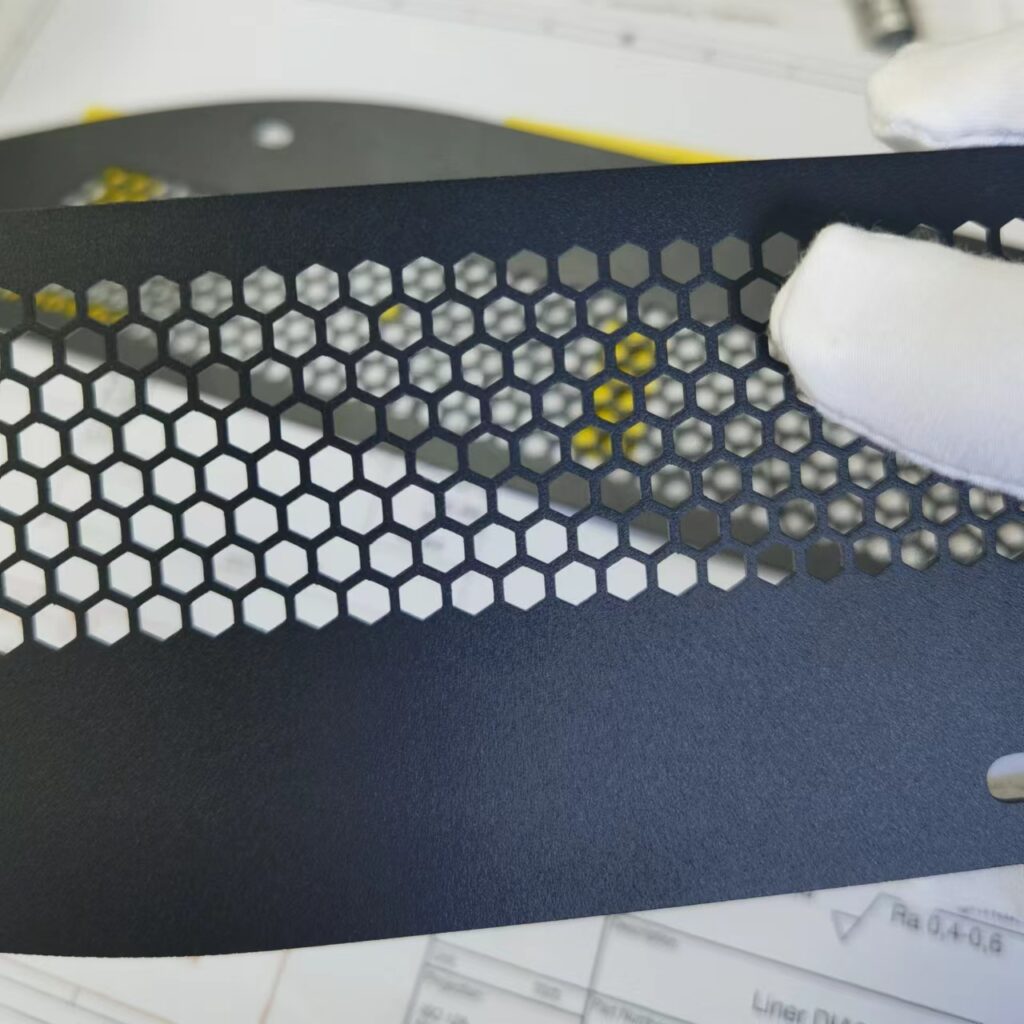 Aluminum
Aluminum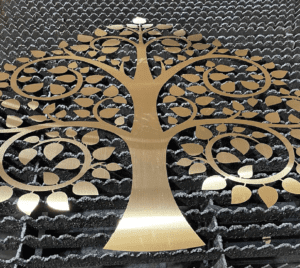 Brass CNC Cutting
Brass CNC Cutting